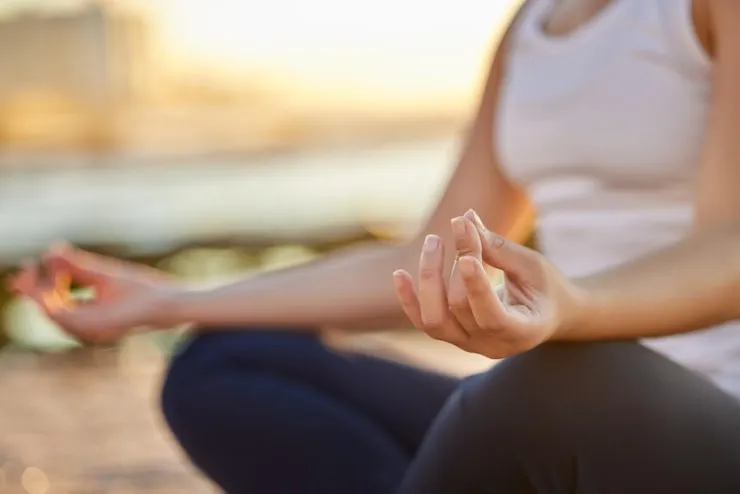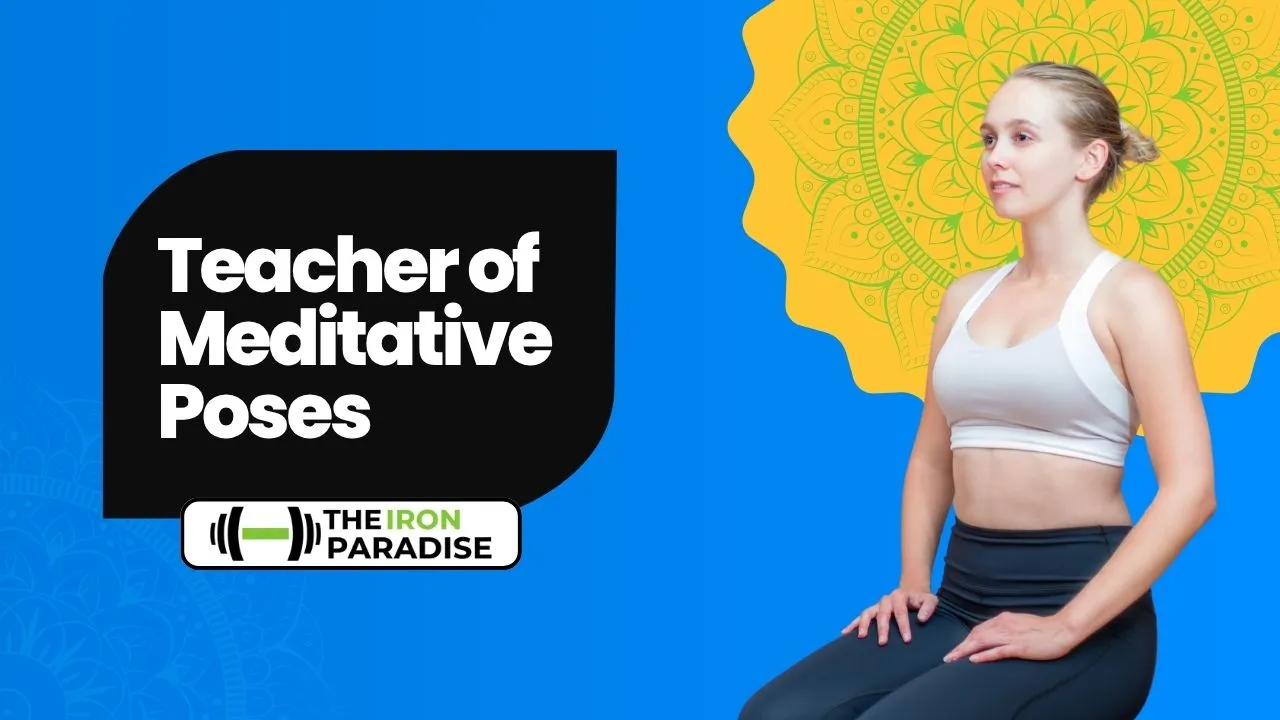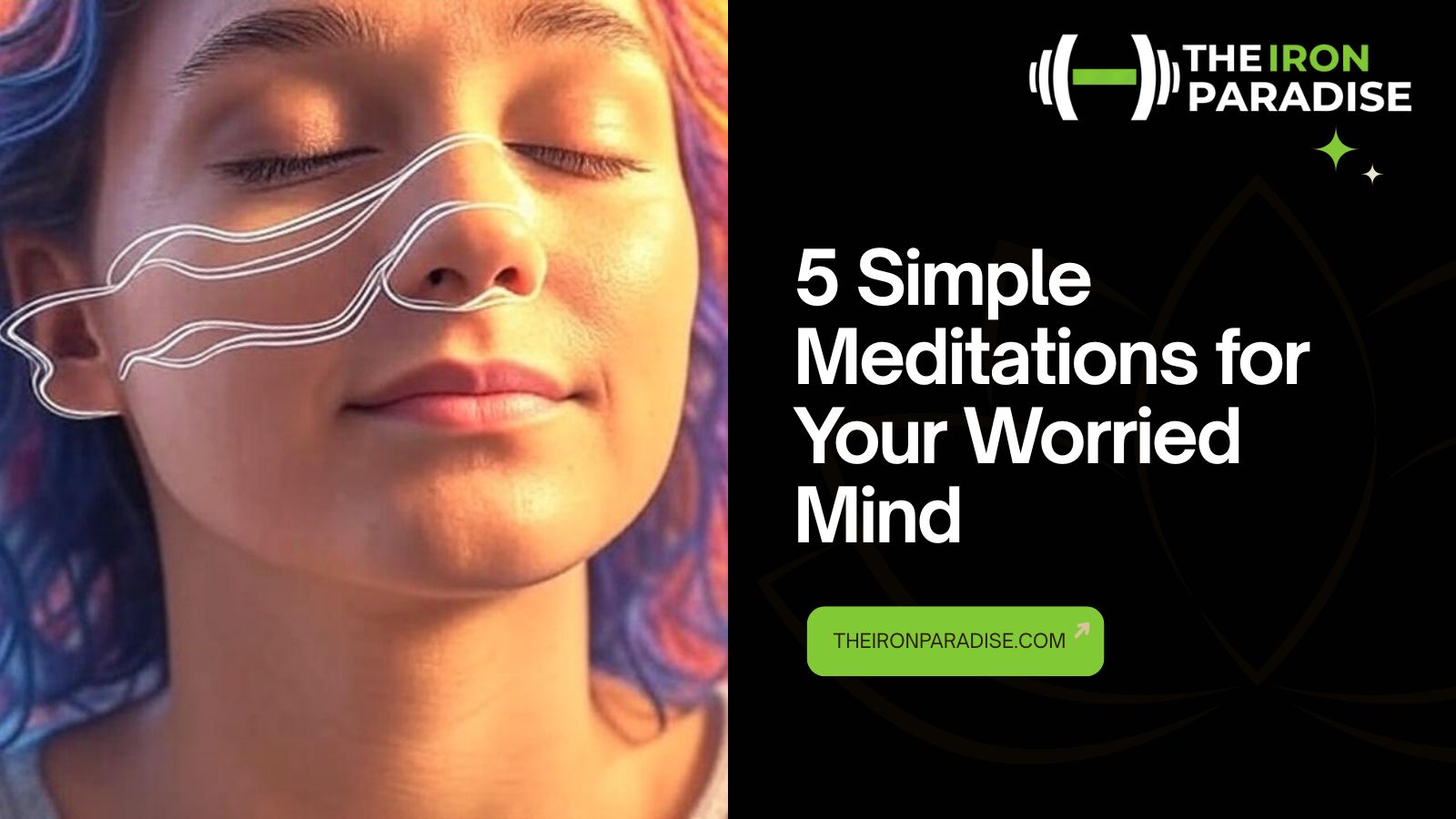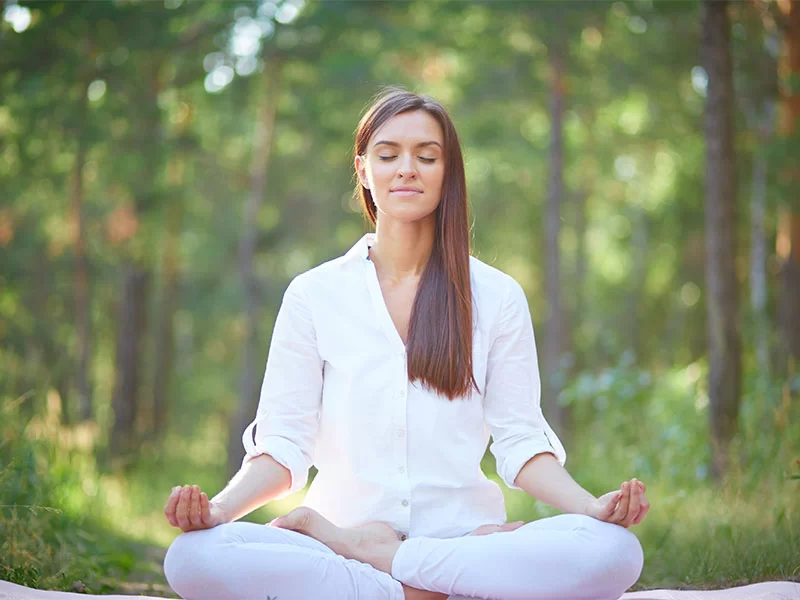
There is a legend that you need to sit in full lotus posture or seem to be a human pretzel to reflect. Actually you can ponder in any situation for however long you're agreeable. So, there are a few significant rules while you're tracking down a seat for Meditation.
The main thing is basically to sit upright — on the floor, on a pad or in a seat — it doesn't exactly make any difference where, yet a straight spine will assist you with remaining caution for your reflections. You need to feel invigorated and vivacious while you reflect — truly and intellectually — and sitting in an actual place that is upstanding energizes that alarm condition.
Give it a shot so you can encounter the distinction. You'll probably find it's a lot more straightforward to sit for longer timeframes when your spine is stacked appropriately, instead of slumping. At the point when you're slouched over, not exclusively will that advance a drained inclination, it's difficult to keep up with for longer stretches of time and you can hurt yourself, causing torment toward the back and neck as gravity pulls you down.
On the off chance that sitting upright is excruciating or awkward in any capacity, rest up against a wall or household item for help to urge your vertebrae to be stacked. Keep in mind, your main rule for Meditation is to be agreeable, so feel no disgrace for utilizing props.
Assuming your hips are tight or your knees feel throbbing when you sit on the floor, you have choices. Sitting in a seat is an extraordinary spot to begin thinking, simply find a seat that doesn't welcome you to slump. Notice assuming your #1 love seat urges you to sink, and settle on a decision that will better help your upstanding position. After some time, you might find that you become more adaptable and might need to investigate different positions.
Setting down isn't the most ideal choice for reflection, however assuming you are in agony or there is some explanation where you can't sit easily, resting is totally fine. There are a few reflections that really call for resting, for example, the body examine. In any case, normally, this isn't the position you'll use for your reliable practice.
Look at these eight varieties for situated Meditation. The rundown begins with the simplest variety and progressively gets more troublesome. Recall that everybody has an alternate body — you might find that folding your legs for over five minutes all at once makes your right shin nod off or your huge toe go numb. You might find that one variety takes into consideration a straighter spine. Attempt them all to figure out what will turn out best for you.
7 Ways to Sit for Meditation
In these varieties, ensure your head is straight over your heart, and your heart is directly over your hips, so your vertebrae are stacked. I suggest that you sit on the front edge of a rolled-up cover, pad, or pad; this supports legitimate arrangement — bringing the hips somewhat over the knees and permitting the pelvis to shift forward. Situating in this manner will stress the normal shape in your lumbar spine, carrying steadiness to help a straight spine for broadened periods. Besides, pads additionally make your seat more agreeable, which is the #1 rule.
In a Chair

Instructions to ponder in a chairChairs make it more straightforward for the vast majority to stand by for longer timeframes, particularly those with knee issues who have inconvenience in a portion of the floor-bound stances. In the event that you decide to sit in a seat, ensure the two feet are solidly on the floor. In the event that your feet don't arrive at the floor, you can utilize a sweeping or blocks under the feet, so they feel upheld. You can either sit up directly toward the edge of your seat, or utilize the rear of your seat for help assuming you want it. Regardless, focus on the arrangement of your spine, and note that sitting up straight without utilizing the rear of your chair can be simpler. A pad or cushion under you might give more solace, and will bring your hips somewhat over the knees so you're very much stacked and upheld.
Against a Wall
Sitting leg over leg against wallSitting against Wall, legged extendedYou can utilize the wall or a piece of durable furniture to assist you with sitting upright. Fold your legs or expand them out before you, whatever feels generally great. A pad (zafu) or cover under you functions admirably here, as well.
Kneeling with Support Between Knees

stooping meditation While you don't have to utilize a prop between your knees while you're bowing, it eases the heat off your knees and lower legs, and is very agreeable. You can utilize a pad, a zafu pad turned on its side, a rolled-up cover, or a yoga block, and spot it right between the knees and under your rear end.
For the accompanying with folded legs varieties, I'll utilize references to "right foot" and "left foot," to make directions straightforward. Go ahead and trade both ways in any cases to meet your ideal solace level.
Full Lotus Pose
Full LotusFull lotus is the most steady and even of Meditation stances, yet provided that you're adaptable and it feels great for you. Assuming you drive yourself into full lotus, you can harm your knees. To come into full lotus, start similarly you set up for quarter or half lotus, however this time you'll carry your passed by walking to lay on your right thigh and your right foot to lay to your left side thigh.
In the event that you ponder down the middle or full lotus, ensure you're ready to sit with a straight spine and with your knees near the floor. In the event that that isn't true, take a changed Meditation seat until you're sufficiently open to keep up with legitimate arrangement in lotus. I additionally suggest rotating legs, from one day to another or part of the way through your reflections — so the base foot invests some energy in top — to make an even stretch and weight appropriation.
Easy Pose
SukasanaEasy present is a basic leg over leg position, where your knees are wide, your shins are crossed, and every one of your feet is underneath the contrary knee. You likely cherished this posture when you were a youngster. I don't suggest simple posture for Meditation north of a couple of moments, it's anything but an unbelievably steady seat, and adjusting the spine in this position can be more straightforward. Also, I've found that my feet will quite often nod off quicker in simple posture than some other reflection act.
To give it a shot for more limited Meditation, it's perfect for extending the knees and lower legs, and opening the hips. Try to utilize a prop under you to raise the hips.
Burmese Position
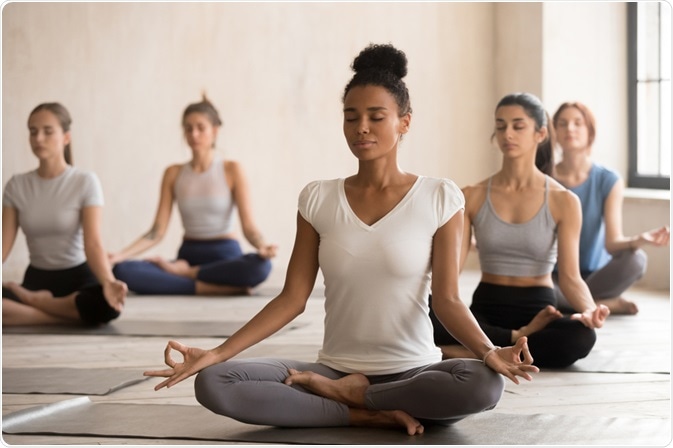
Burmese PositionThis is a variety of sitting with folded legs. On the off chance that you're simply beginning, utilize a Meditation pad or pad. Sit on the front portion of the pad or pad, twist your knees before you, then, at that point, turn your knees out to one or the other side, sitting in a leg over leg position. Carry your passed on impact point to within your right thigh, and your right impact point to delicately contact the highest point of your left foot, lower leg, or calf, so it sits somewhat before you. The sides of your knees might contact the ground and on the off chance that they don't, you can involve pads or covers under your knees for additional help.
Quarter Lotus Pose
quarter lotusUse a zafu or pad here too, and set yourself up similarly as depicted for Burmese position, sitting on the front edge of your pad, permitting your hips to open and legs to cross before you. Keep your passed by walking on the floor to within or underneath your right thigh, and your right foot to lay on the calf of the left leg.

